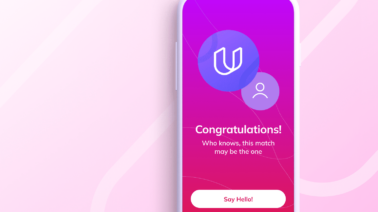When Francisco Gutierrez decided to transition his career from waiting tables to developing software at Microsoft or when Amaury Gonzalez wanted more from his career than driving for Uber, one thing that they both knew — like many others — is that they will have to get the right practitioner-level skills to make any and all career moves.
Making a career transition is daunting and may feel easier to procrastinate than to learn something new. But if you take the time to struggle with something new you will eventually gain the skills and confidence to move into better professional circumstances.
As the pace of the world changes and new technologies emerge globally, it’s a necessity more than a choice to prepare yourself for a career transition.
Here are five steps that you can take to start your career transition.

#1. Assess Your Interests and Your Skills
The first step towards transitioning your career into something new is to assess yourself, your interests and your skills. It’s important to evaluate your past experience to identify your strengths and interests. Skills assessments can also help you to identify your areas of expertise.
It’s also important to take stock of the trade-offs and opportunity costs of taking the plunge into a new career into account. This will help you make a more informed and realistic decision.
#2. Seek Support From Your Network
Transitioning to a new career is not an easy process. And, it’s even more difficult without support in your new field of work. Reach out to friends and colleagues to help you during your transition. In fact, your first job in your new field just might come from your network. So don’t be afraid to leverage your professional connections.
#3. Research Career Possibilities
This is an important step. Once you have assessed your skills and determined your interests, it is important to examine the career paths available to you. Once you identify your potential next step, try to connect with someone with experience in the field. This will help you learn what the job looks like.
If the job still appeals to you, then it’s time to start doing your secondary research including reading relevant industry blogs, joining professional groups, and attending networking events.
#4. Get Real-life Experience
It is also a good idea to get some real-life, hands-on experience before signing up for a full-time role. You can either volunteer within your own organization or find an internship to get on-the-job experience. You can also find a mentor and shadow them to get a better idea of what the work will look like after you transition into your new role.
#5. Get Industry Training
Easier said than done, a career transition takes time and effort. It also requires you to learn (and unlearn) a lot of concepts quickly. Hence, going back to school seems like a fairly good plan. Many people opt to go back to learning to acquire new skills and get trained formally. Enrolling in classes allows you to network and build a community of your own.
If leaving your job to go to a bootcamp, college or University isn’t an option, online education platforms like Udacity can help.
Take Your Next Career Leap with Udacity
If transitioning into a new career has been on your mind, then now is the time. Let’s face it, we are at the cusp of rapid digital transformation and many of the jobs of today are not going to be around in the future. Add to it the impact of the COVID-19 pandemic and out of the millions of jobs we lost in 2020, many are never coming back.
Take your first step towards a better future now. Browse through our Nanodegree programs across fields like artificial intelligence, data science, cloud computing, programming and more to get job-ready for the future of work.



